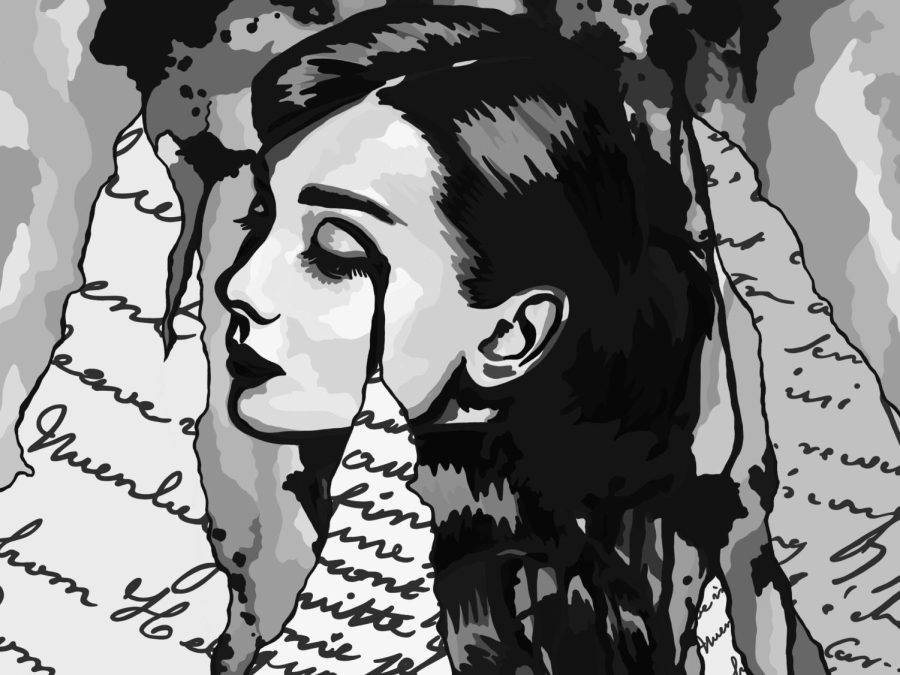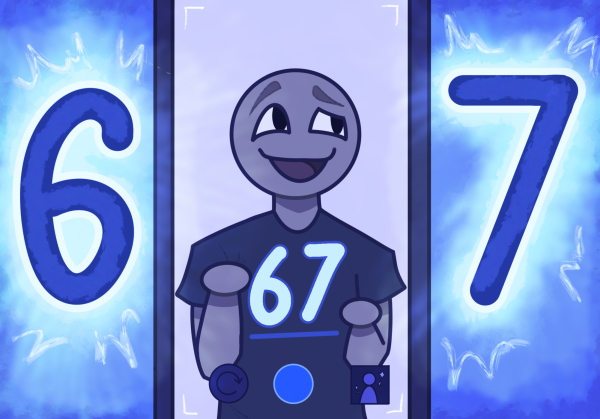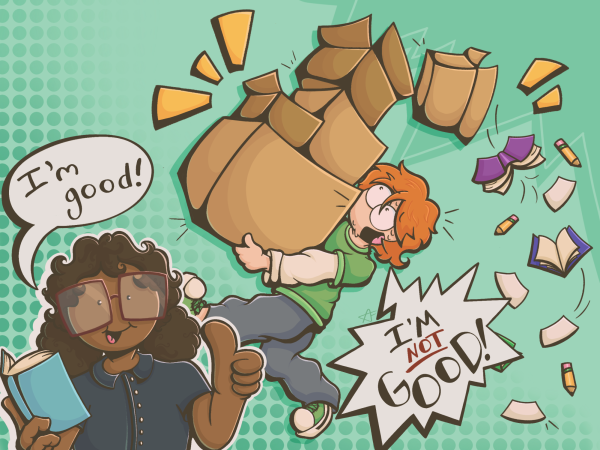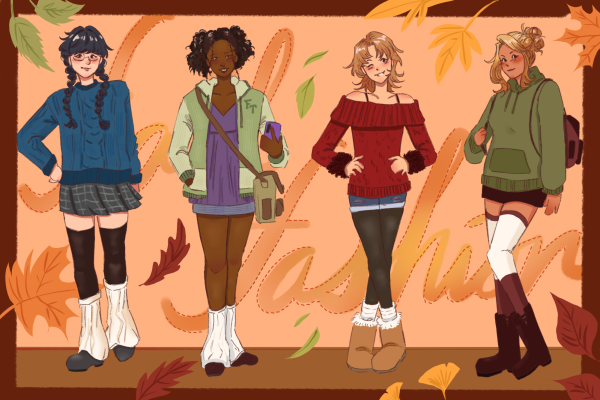Poetry: An allegory for the high school youth
Poetry is one particular literary form of self-expression and emotional release that can be extremely impactful on the lives of high school students, allowing them to feel validated in all of the different experiences and feelings that they are having.
March 4, 2022
Interwoven throughout the high school English curriculum is poetry, a medium of storytelling that is often overlooked as being too monotonous and hard to decipher. However, poetry can be a strange yet comforting form of emotional validation–especially for students maneuvering the waters of school and family life, on top of facing their first experiences with loss and heartbreak.
The two examples of poetry that have stuck with me throughout high school are Walt Whitman’s Out of the Cradle Endlessly Rocking, and Tom Schulman’s Dead Poets Society. Though these pieces are executed very differently, their core messages are similar, analyzing how the young mind is affected by change, loss and grief.
Out of the Cradle Endlessly Rocking
Recently, my English class read a poem titled Out of the Cradle Endlessly Rocking, written by Whitman during the 19th century. The poem follows a family of birds, observed by Whitman as a child, and his interpretation of the male bird’s grief after his mate suddenly disappears. By the time my class had finished the poem, the room had been brought to tears by the sorrow conveyed through Whitman’s retelling.
What was striking about Out of the Cradle was Whitman’s storytelling. Despite its message at face value, the male bird’s interactions with his mate as an allegory for a youth’s first encounter with grief symbolized a universal experience of loss, while its effects on the author portrayed how trauma can cause a premature end to childhood.
Out of the Cradle is oddly relatable in the sense that it explains the progression of grief through the eyes of a child. High school students are often subject to the stresses of school on top of an already tumultuous home life, being faced by the loss of childhood pets, friendships and relationships, or even the spiral of one’s mental health or desired grades. A minor occurrence can feel like the end of the world to a developing brain, and Whitman’s words painted these experiences vividly without invalidating the foundational emotions that mold young people.
Dead Poets Society
Dead Poets Society is a 1989 drama directed by Peter Weir. The film follows shy Todd (Ethan Hawke) and other students in his English class who, inspired by their progressive new teacher, Mr. Keating (Robin Williams), come together to reform the namesake Dead Poets Society, exploring their creative freedom and discovering their love of poetry.
While not a poem in the literal form, Dead Poets Society explores emotions similar to those of Out of the Cradle through the lens of aspiring, amateur poets, most of whom did not anticipate their newfound enthusiasm for the medium. The conflicting wishes of the character Neil and his father that – spoiler alert – lead to Neil’s eventual suicide drive a wedge not only into Neil’s life, but into the lives of Todd, Mr. Keating and the rest of the “Dead Poets.” These midnight meetings provided the characters with an outlet to grow and develop emotionally, and once the club is torn apart by Neil’s passing, the harsh expectations of their reality leads them to grieve the loss of both their friend and their safe haven. Additionally, the involvement of Mr. Keating brings in the perspective of a teacher, which may be unfamiliar to teenage students.
The exploration of Neil’s personal history makes the film all the more emotional. Students may see themselves in the character, sympathize with him, and be devastated by his loss. Furthermore, the perspectives of his acquaintances offer various insights that give the audience a magnetic draw towards the film’s resonant topics of individuality, self-discovery and dealing with devastation.
Poetry is not an absolute cure for the unending turmoil of youth, but it can be a source of solace, especially since it’s widely accessible through the standard high school curriculum. Emotive poetry acts as more than literary mastery–it can be a psychological insight to the effects of grief on the young mind. Sadness, anger, grief, frustration, solitude, loss–these emotions can be colored by poetry, becoming not only learning experiences, but pieces of art that persist through the test of time.















